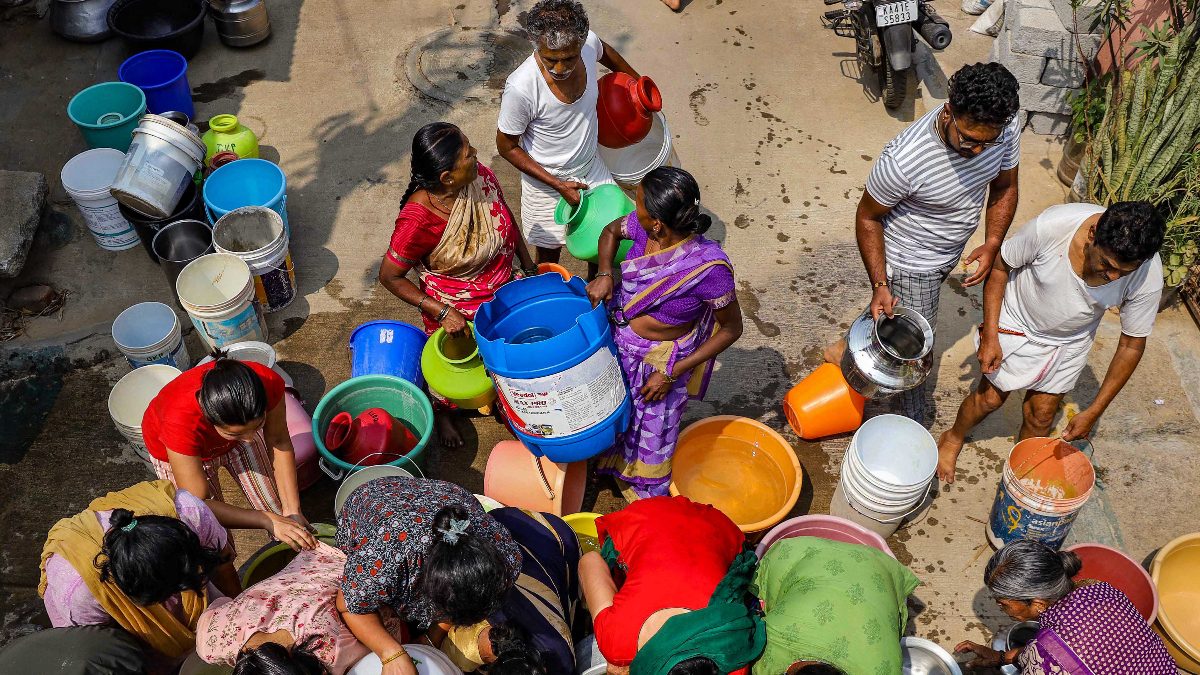The water crisis in Southern India continues to aggravate as the water levels in its reservoirs have dipped to a 10-year low. The levels of water in major reservoirs in the region are lower than last year during the same period, and even lower than the average storage of the last ten years during the same period
According to the latest data from the Central Water Commission (CWC), the reservoir levels in southern India have plummeted to just 17% of its capacity.
This marks a huge drop from 29% at the same time last year, and the average storage of the last ten years during the same period was 23% of the live storage capacity of these reservoirs.
In the bulletin released by the CWC late Thursday concerning reservoir storage levels across various regions of India, it was reported that 42 reservoirs under CWC monitoring in the southern region have a total live storage capacity of 53.334 BCM (billion cubic meters).
As per the latest report, the total live storage available in these reservoirs stands at 8.865 BCM, representing only 17 per cent of their total capacity. This figure is considerably lower compared to the storage levels during the same period last year (29 per cent) and the ten-year average for the corresponding period (23 per cent).
Notably, the Southern region has 43 reservoirs, which include the states of Andhra Pradesh, Telangana, Karnataka, Kerala, and Tamil Nadu.
While the reduced storage levels in the southern region are indicative of worsening water scarcity and potential challenges for irrigation, drinking water supply and hydroelectric power generation in these states the eastern region, on the other hand, has shown an improvement in water storage levels compared to last year and the ten-year average.
The Eastern region is comprised of the states like Assam, Odisha and West Bengal.
The broader analysis provided in the bulletin categorizes reservoir storage across various river basins as “better than normal,” “close to normal,” “deficient,” or “highly deficient”.
Notably, river basins like Brahmaputra, Narmada and Tapi are marked as having better-than-normal storage levels, whereas basins like Cauvery and east flowing rivers between Mahanadi and Pennar are classified as highly deficient.
Explore Live updates on the Lok Sabha Elections 2024 News . Check Lok Sabha Election 2024 Phase 3 Schedule, Key Candidates And Constituencies At News18 Website.

